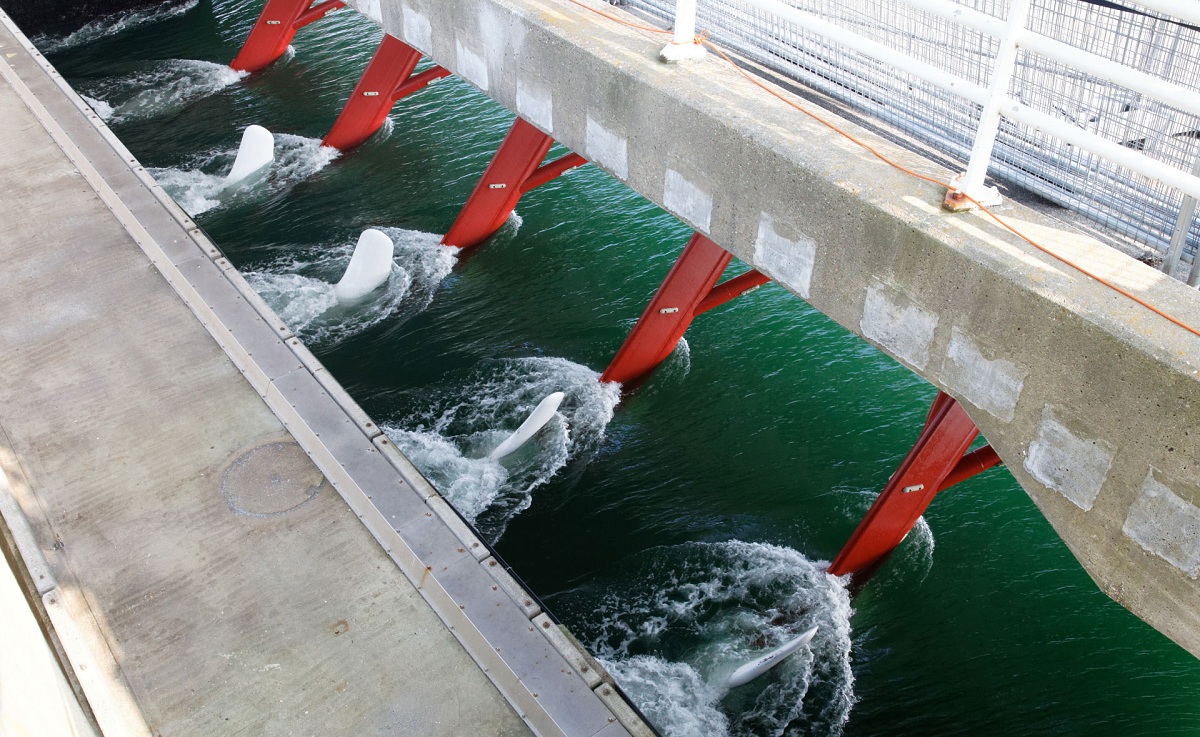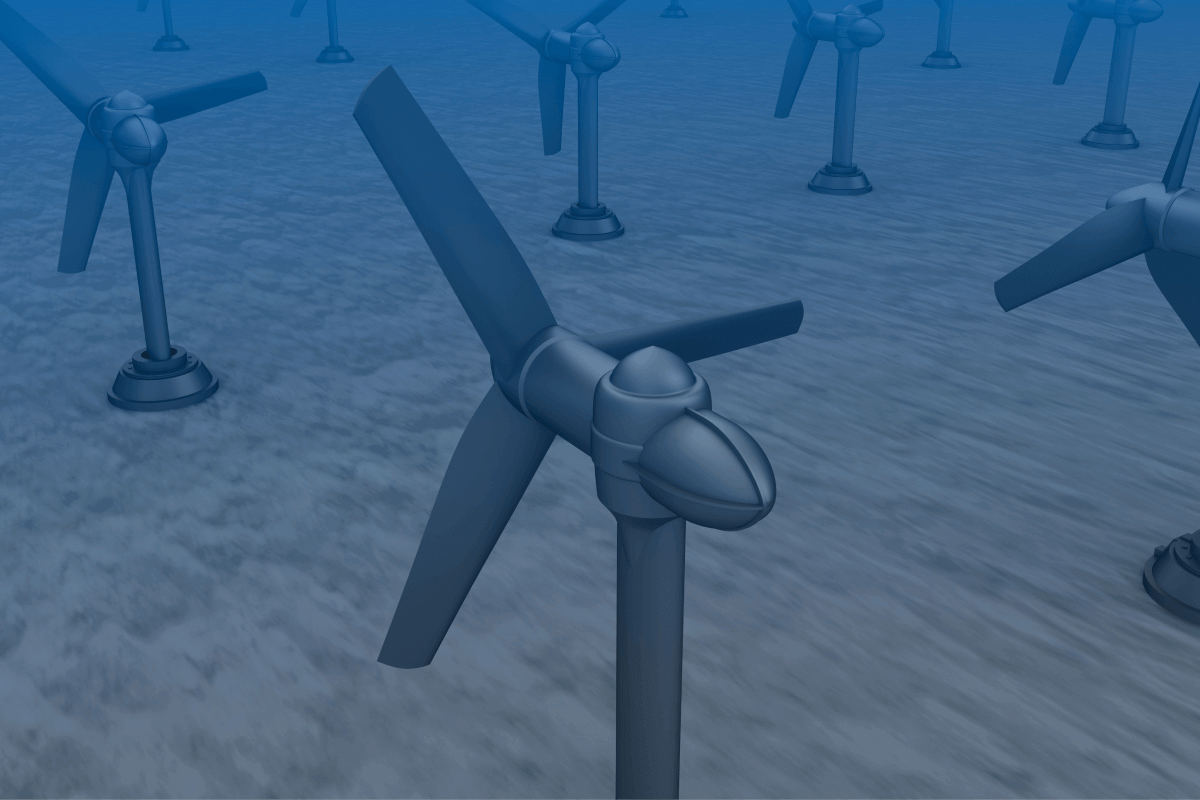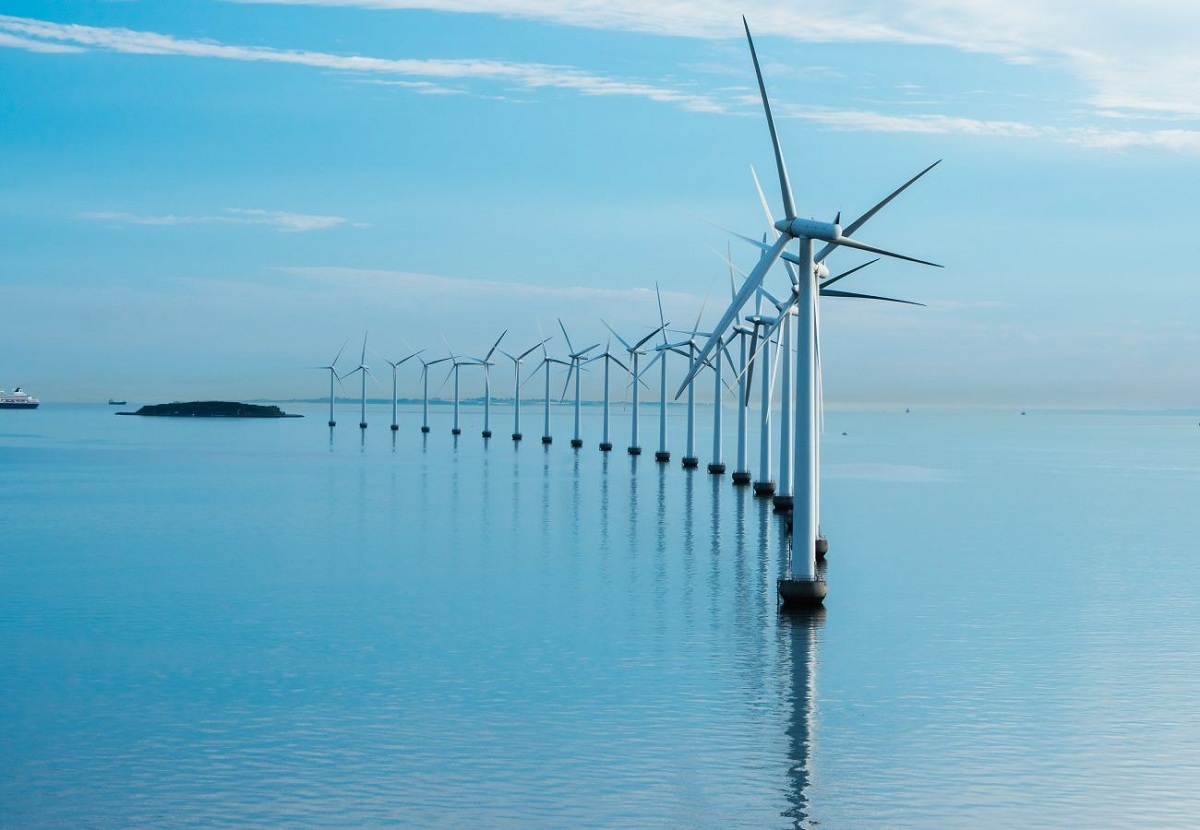
In the world of renewable energies there are some better known such as solar energy and wind energy and others less known such as tidal energy. It is a type of renewable energy that takes advantage of the ocean tides. To do this, you need a tidal power station which is where the transformation of the kinetic energy of the tides into electrical energy takes place.
In this article we are going to tell you everything you need to know about the tidal power station, its characteristics and its function.
Tidal energy

The ocean has enormous energy potential, which can be converted into electricity through different technologies. Among marine energy sources as defined by the Institute for Energy Diversification and Saving (IDAE), we find different types:
- Energy from ocean currents: It consists of harnessing the kinetic energy of ocean currents to generate electricity.
- Wave energy or wave energy: It is the use of the mechanical energy of the waves.
- Tidal thermal: It is based on taking advantage of the temperature difference between surface water and the seabed. This thermal change is used for electricity.
- Tidal energy or tidal energy: It is based on the use of the tides, the ebb and flow of sea water, produced by the gravitational action of the sun and the moon. Thus, the potential energy of the tides is converted into electrical energy through the movement of a turbine, as in hydroelectric power plants.
Tidal energy is an alternative energy source based on harnessing the ebb and flow of ocean water, which is created by the gravitational pull of the sun and the moon. In this way, it is a predictable natural phenomenon that allows us to foresee when these movements of water will be able to be converted into electricity.
Tidal power station

The tidal power station is one where the appropriate machinery is found to transform the kinetic energy of the tides into electrical energy. There are several ways to get tidal energy. We are going to see each of them and their main aspects:
Tidal current generators
Also known as TSG (Tidal Stream Generators), these generators use the movement of water to convert kinetic energy into electricity. This is the best known method. This way of obtaining energy it involves a lower cost and a lower ecological impact compared to the other methods.
Tidal dams
These dams take advantage of the potential water energy that exists between the difference in level between high tide and low tide. They are barriers with turbines, very similar to traditional dams, built at the entrance to a bay or lake. The cost is high and the profit is not high. The scarcity of places in the world that meet the conditions to host them and the environmental impact are two major drawbacks.
Dynamic tidal energy
The technology is in the theoretical stage. Also known as DTP (Dynamic Tidal Power), it combines the first two, exploiting the interaction between kinetic energy and power in tidal flows. This method consists of a system of large dams that induce different tidal phases in the water to mobilize its power generating turbines.
Advantages and disadvantages
We emphasize that this alternative energy has several advantages:
- It is a clean energy source that does not produce greenhouse gases or other pollutants from other types of energy sources.
- No additional fuel is used.
- Continuous and reliable power generation.
- The tides are inexhaustible and easy to predict.
- It is a renewable energy source.
Despite the great potential, the use of tidal power also has disadvantages, including:
- This can be achieved through a substantial financial investment. It is expensive to install.
- It has a great visual and landscape impact on the coast, being one of the most worrying drawbacks of tidal energy.
- Tidal power is not the best option for all geographic areas. Because the amount of energy that we can obtain depends on the degree of movement of the ocean and the force of the tides.
Tidal energy It has been used to generate electricity since the 1960s. The pioneer country is France, whose Lens tidal power plant is still in operation.
The countries that currently have tidal power generation capacity are: South Korea, followed by France, Canada, the United Kingdom and Norway. Currently, tidal energy represents only a small fraction of the world's total renewable energy, but the potential is huge.
Operation of the tidal power plant

A tidal power plant is a place where the energy produced by ocean tides is converted into electricity. To take advantage of it, dams with turbines are built in the lower part, generally at the mouth of a river or bay. The reservoir created by the construction of the dam fills and empties with each movement of the tide and the passage of the water it produces, allowing the start of the turbines that generate electricity.
How do tidal power plants convert tidal energy into electricity? To answer this question, it is necessary to consider the principles of potential and kinetic energy of typical increases and decreases in the tides produced by the gravitational interactions of the Sun and the Moon. The rise of the water is called flow, and the descent time is shorter than the previous one.
The difference in height between sea level and the level of the reservoir is fundamental, so, according to the Institute for the Diversification and Conservation of Energies (IDAE), it is only beneficial in coastal points where the height of the high tide and down differs by more than 5 meters centered on the installation of these characteristics. These conditions can only be met in a limited number of locations on Earth. In factories, electricity is converted by turbines or alternators. With the rotation of its blades and with the circulation of the water itself, electrical energy is produced.
I hope that with this information you can learn more about the tidal power station and its characteristics.